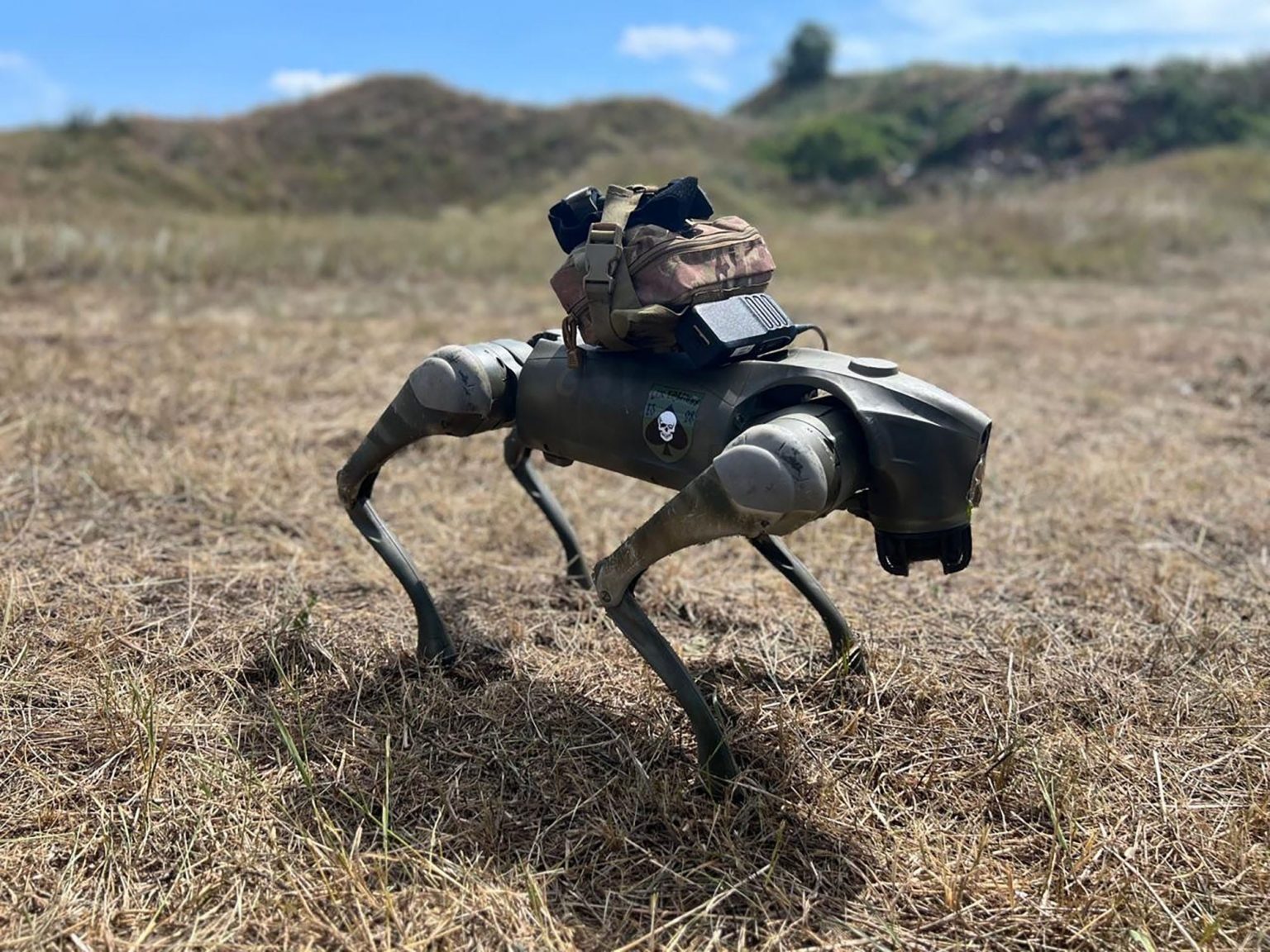The United Kingdom has provided Ukraine with robotic “war dogs” that are assisting troops on the battlefield, terrifying Russian troops who encounter them. These robotic dogs, manufactured by Brit Alliance, are equipped with remote-sensing technology and a thermal-infrared camera, allowing them to navigate difficult terrain and perform tasks such as delivering equipment and reconnaissance. Ukrainian troops have received over 30 of these sophisticated land drones, each of which costs around $9,000 to produce. Brit Alliance plans to update the units based on feedback from Ukrainian troops, with the goal of making the dogs a cornerstone of modern military logistics.
The Brit Alliance Dog (BAD2) units have demonstrated exceptional mobility and agility in complex and hostile environments, showcasing their potential as valuable assets for military units. They can move at over 9 mph and operate for five hours, covering a distance of more than two miles. The commander of the Kurt & Company, which is working with the robotic dogs, mentioned that they are exploring the possibility of using the dogs as kamikaze drones against vehicles or enemy soldiers, with the ultimate goal of saving soldiers’ lives on the battlefield. The successful demonstration of the BAD2 units on the battlefield has generated interest from Russia and discussions on improving tactics and adopting new ideas and solutions.
Drones have played a significant role in the conflict in Ukraine, with the country leveraging these technologies to enhance its military capabilities and resourcefulness. Earlier this year, Ukraine deployed the “Sea Baby” drone to damage the Crimean Bridge, demonstrating the effectiveness of naval drones in targeting strategic infrastructure. In response, Russia has developed its own land-based drones, such as the Scorpion-M, which have seen increased use in the Donetsk region. The Scorpion-M has kamikaze capabilities and can carry up to 55 pounds of explosives, making it particularly effective in targeting underground hideouts and other facilities.
Experts have highlighted the maneuverability and difficulty in jamming the Scorpion-M drones, underscoring the advantages of incorporating drones into modern conflict. The BAD2 units, while sharing some similarities with the Scorpion-M, offer better maneuverability and agility, further enhancing their effectiveness on the battlefield. Christopher Alexander, a U.S. Army veteran with experience in Strategic Operations Command, emphasized the potential of these robotic dogs in modern warfare, noting their capabilities and advantages at a company/battalion level. As both Ukraine and Russia continue to innovate with drone technology, the battlefield dynamics are evolving, with drones playing an increasingly pivotal role in military operations.
The use of robotic dogs in the conflict between Ukraine and Russia signals a new era of warfare, characterized by the integration of advanced technologies to enhance military capabilities. The adoption of these sophisticated land drones by Ukraine reflects a strategic shift towards leveraging autonomous systems in combat, showcasing the potential for such technologies to enhance military effectiveness and reduce casualties on the battlefield. With ongoing advancements in drone technology and their increasing integration into military operations, the role of drones in modern warfare is likely to continue to evolve, shaping the future of conflicts around the world.


